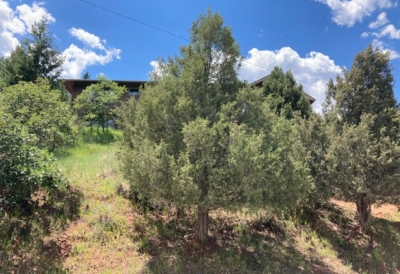Plant diseases are a major problem for a lot of plant and tree species. There are some biotic diseases and some abiotic diseases. The latter are the non-living disorders.
Understanding the Symptoms of Diseases
You need to know more about how plants grow. Not all plants look the same, and it’s essential to understand what a healthy plant looks like. This will allow you to understand the symptoms of a problem.
Some of the most common symptoms noticed are:
• Leaf spots
• Mosaic
• Blight
• Chlorosis
• Distortion
• Cankers
• Wilting
• And witches’ brooms
This list isn’t exhaustive, but among the most common problems you’ll see. You’ll need to know more about the symptoms for the specific plants that you have.
Then there are signs that there’s a pathogen on the host plant. These symptoms include:
• Fungal spores
• Fruiting bodies with spores
• Bacterial ooze
The Reasons for Plant Diseases
There are different reasons plants will get diseases, just like humans. We can be affected by viral, bacterial, and fungal infections and they all require different treatments. Plants are the same. A treatment for a bacterial infection is going to do nothing on a fungal infection, and vice versa.
If you have a live disease, you’ll need to act fast. These are contagious problems and will affect other plants in the vicinity. Non-living disorders aren’t infections but they cause problems for individual plants.
Understanding Abiotic Factors
The abiotic factors are something to look out for. They many not be infectious to other plants, but they will cause problems for specific ones. Plus, if you don’t realize what is causing problems, you can end up causing the same problem to other plants.
Abiotic factors are:
• Moisture imbalance
• Nutrient imbalance
• Improper planting or pruning
• Air pollution damage
• Soil conditions
• Temperature issues
• Pesticide injury
• Mechanical damage
• Root Girdling
• The natural aging of plants
Once you know the issue, you can take steps to repair the damage. With abiotic factors, you may have time to reverse and repair the damage. Just keep in mind that the natural aging of plants can show some other abiotic signs, so you’ll need to consider this carefully. Pinpointing the exact problem can take time and requires consistent observation.
The sooner you deal with the problem, the better. This is especially the case when it comes to diseases that are contagious to other plants in the vicinity. Compare the situation with normal, non-diseased plants. This can help you determine the best course of action.

